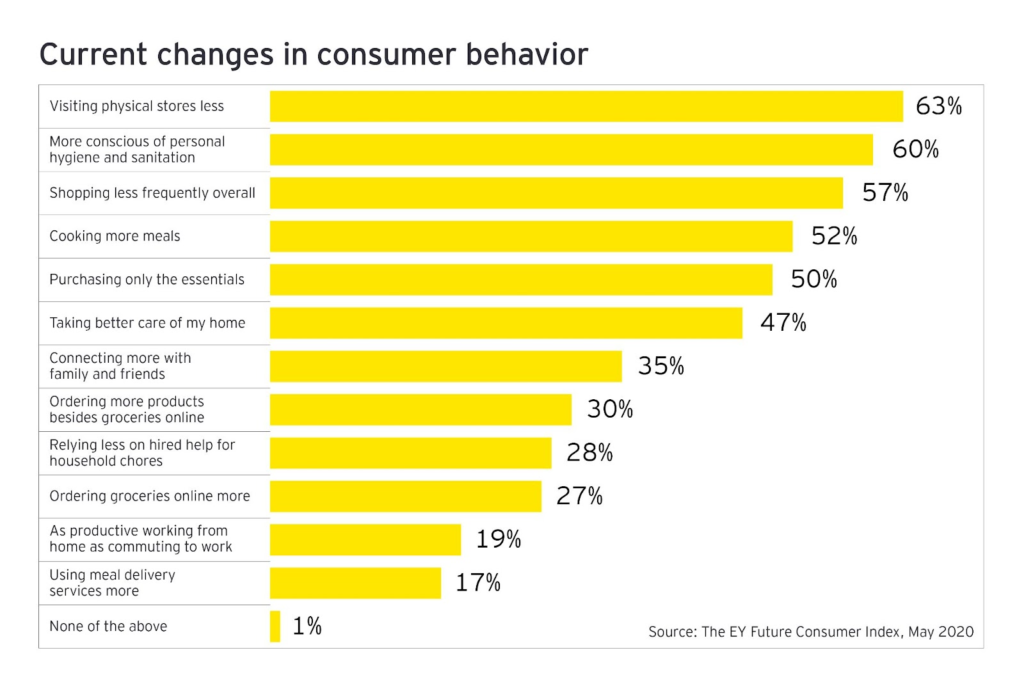In today’s competitive business landscape, the key to success is a marketing strategy centered on understanding consumer behavior. Consumer behavior refers to the study of individuals, groups, or organizations and the processes they use to select, secure, and dispose of products, services, and experiences.
By comprehending the factors that drive consumer decision-making, marketers can tailor their efforts to meet the needs and expectations of their target audience. In this blog post, we will discuss the significance of understanding consumer behavior and how it can lead to successful marketing.

1. Influences on Consumer Behavior
There are various factors that can impact consumer behavior, such as cultural, social, personal, and psychological factors. Cultural factors such as values, beliefs, and customs shape consumers’ preferences and consumption patterns.
Social factors, such as family, reference groups, and social media, play a crucial role in influencing consumers’ purchasing decisions. Personal factors like age, occupation, lifestyle, and personality also impact consumer behavior. Additionally, psychological factors like perception, motivation, and attitudes shape consumers’ perceptions of products and brands.

2. The Decision-Making Process
Consumers go through a decision-making process when making a purchase. This process typically involves five stages: need recognition, information search, evaluation of alternatives, purchase decision, and post-purchase evaluation.
Marketers must understand each stage and identify opportunities to influence consumer behavior at each step. By providing relevant information, building brand awareness, and offering compelling value propositions, marketers can guide consumers towards making favorable purchasing decisions.

3. Segmentation and Targeting
Understanding consumer behavior allows marketers to segment their target market effectively. Market segmentation involves dividing a broad consumer base into smaller, homogeneous groups based on characteristics such as demographics, psychographics, or behavior.
By tailoring marketing efforts to specific segments, marketers can deliver personalized messages and experiences that resonate with their target audience. This targeted approach increases the chances of capturing consumers’ attention and meeting their unique needs.

4. Building Customer Relationships
Consumer behavior analysis enables marketers to build meaningful and long-lasting relationships with their customers. By understanding consumers’ preferences, needs, and behaviors, marketers can create personalized experiences that foster loyalty and advocacy.
For instance, by leveraging data and analytics, companies can track and analyze customer behavior to anticipate their needs and offer relevant recommendations. By consistently delivering value and demonstrating an understanding of consumer preferences, marketers can cultivate strong customer relationships, leading to repeat business and positive word-of-mouth.

5. Adapting to Changing Consumer Behavior
Consumer behavior is not static; it evolves over time due to various factors like technological advancements, cultural shifts, and economic changes. Successful marketers continuously monitor and adapt to these changes to stay relevant and meet consumers’ evolving needs.
By staying updated on industry trends, conducting market research, and analyzing consumer feedback, marketers can identify emerging patterns and adapt their strategies accordingly. This adaptability ensures that marketing efforts are aligned with consumers’ changing behaviors and expectations.
Conclusion
Understanding consumer behavior is essential for successful marketing. By analyzing consumer motivation, perception, social and cultural factors, the buying process, and data and analytics, marketers can create targeted marketing campaigns that resonate with consumers and encourage them to make a purchase. In today’s highly competitive market, understanding consumer behavior is more important than ever for businesses to succeed.





